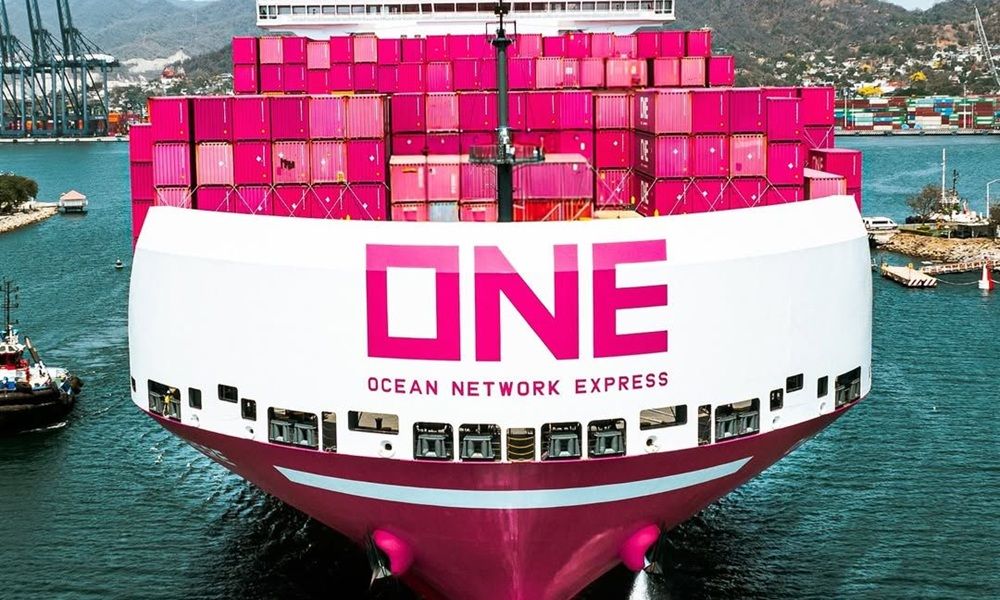Carriers reroute fleets to sidestep US levy
Shipping Industry Braces for New U.S. Port Fees

As the shipping industry prepares for impending port fees targeting China-linked vessels, fleet realignments are already underway. The U.S. Trade Representative’s announcement of new charges starting October 14 is prompting global liners to adjust their operations to mitigate financial impacts. This strategic maneuvering is evident in the adjustments made by major shipping alliances and individual companies, aiming to sidestep the financial burden of increased fees on Chinese-built ships.
Strategic Fleet Adjustments Ahead of New Fees
With the U.S. government set to impose additional charges on Chinese-linked tonnage, shipping companies are taking proactive steps to realign their fleets. The Premier Alliance, which includes HMM, ONE, and Yang Ming, has announced it will split its Mediterranean Pacific South 2 (MS2) service into two distinct routes. This restructuring will create the Asia-Med Mediterranean 2 (MD2) and Middle East Gulf-US Gulf Pacific South 2 (GS2) services. The change allows ONE to withdraw ten China-built vessels from the MS2 service, thereby avoiding the upcoming fees. This strategic alteration reflects a broader trend among shipping firms to reevaluate their deployment of Chinese-built ships in U.S. waters.
Orient Overseas (International) Ltd (OOIL), the parent company of OOCL, acknowledged the potential impact of the new port fees. In a recent statement, OOIL expressed concerns that the fees could significantly affect operations, particularly for vessels associated with Chinese ownership or construction. As the October deadline approaches, OOCL has already initiated transpacific services that redirect cargo to Mexico, circumventing U.S. ports altogether. Industry giant Maersk has similarly stated it will avoid deploying Chinese-built vessels in U.S. trade routes, signaling a potential shift in industry practices as companies adapt to the new regulatory landscape.
Details of the Upcoming Fee Structure
The new fee regime, established by the U.S. Trade Representative, targets both Chinese-owned operators and vessels built in China, with the goal of reducing China’s influence in the shipping sector while bolstering U.S. shipbuilding capabilities. Starting at $50 per net ton, the fees will escalate to $140 per ton by April 2028. Non-Chinese operators of Chinese-built ships will face lower fees, beginning at $18 per ton or $120 per container, with similar increases over time. The charges are imposed on a per-voyage basis and capped at five chargeable port rotations per vessel annually, applicable at the first port of call only.
U.S. Customs & Border Protection (CBP) is tasked with implementing this new fee structure, and a payment portal is being developed to facilitate transactions. Non-compliance with the fee payment could result in significant operational restrictions, including denial of cargo offloading and clearance for port entry and exit. This new measure follows industry feedback, which led to a tiered fee structure rather than the previously proposed multi-million dollar flat fees, reflecting concerns over the potential economic impact on trade and smaller U.S. ports.
While supporters argue that the fees are essential for enhancing U.S. maritime security and reducing reliance on Chinese shipping, critics warn that the measures could lead to higher consumer prices and decreased trade volumes, particularly affecting smaller ports across the country.
